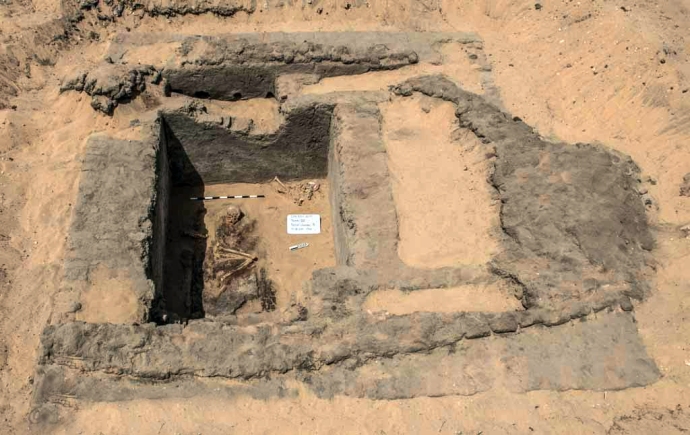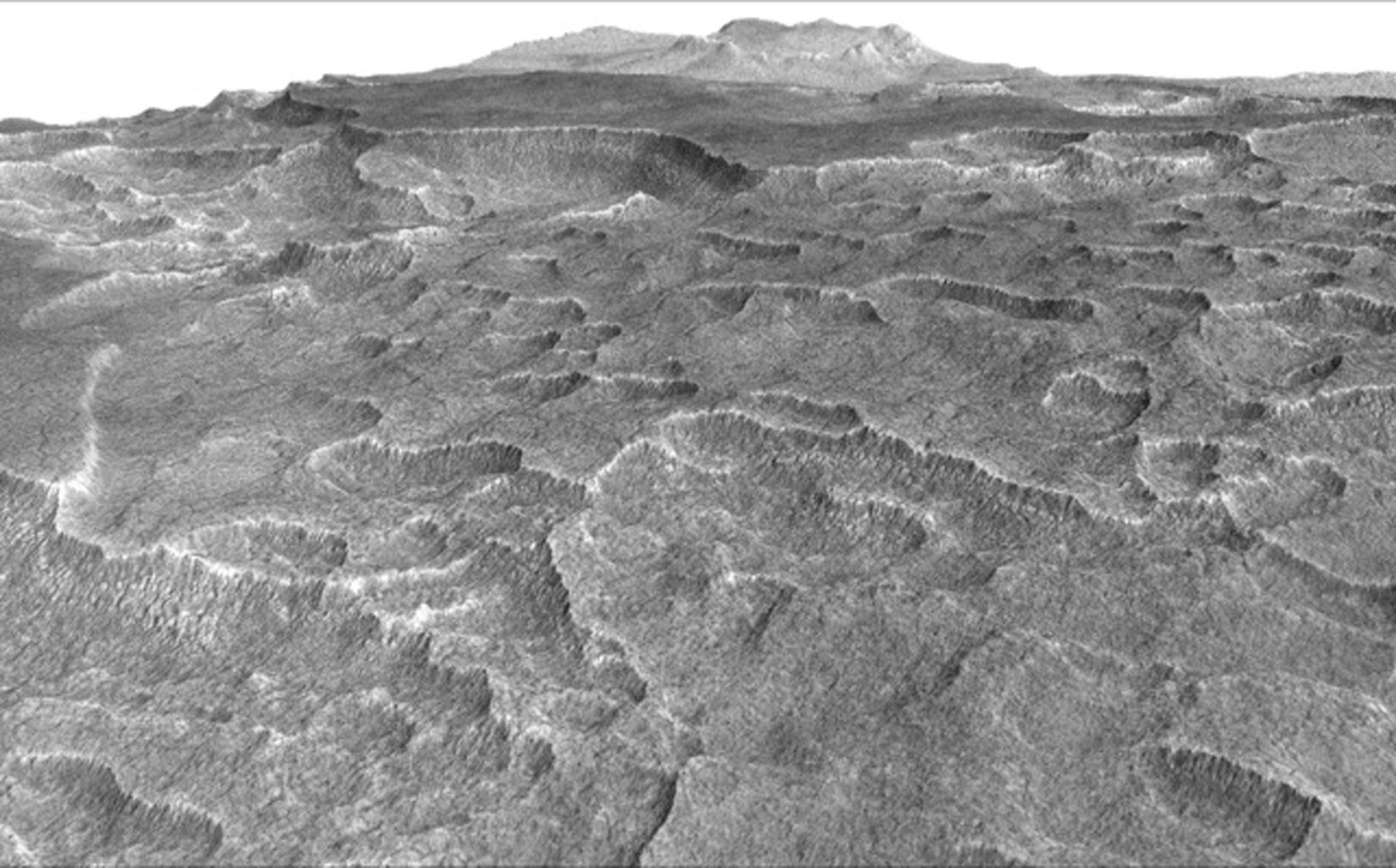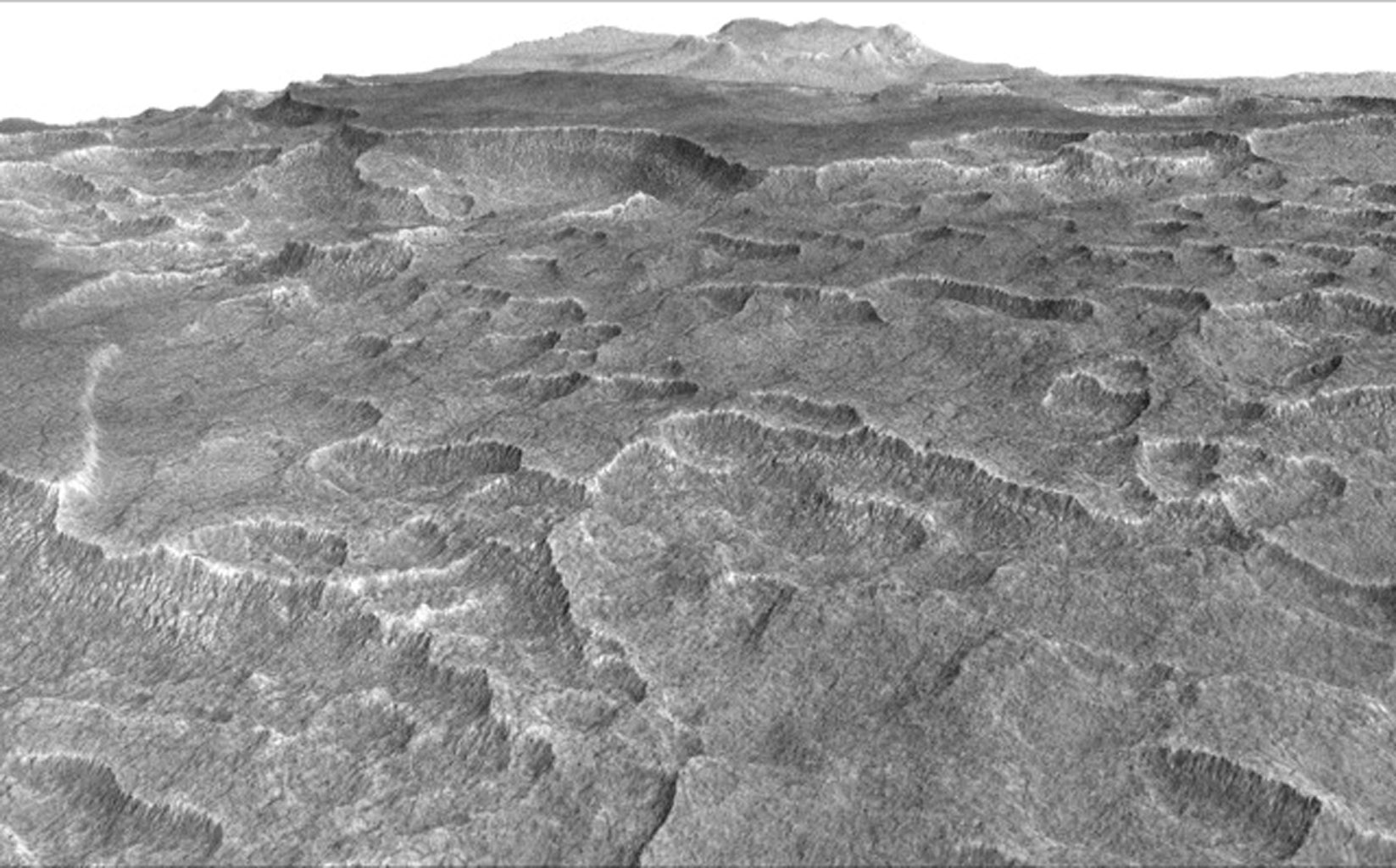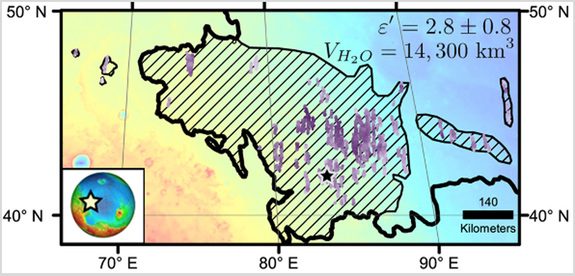Archivio messaggi
| Lu | Ma | Me | Gi | Ve | Sa | Do |
|
|
|
1 |
2 |
3 |
4 |
5 |
6 |
|
7 |
8 |
9 |
10 |
11 |
12 |
13 |
|
14 |
15 |
16 |
17 |
18 |
19 |
20 |
|
21 |
22 |
23 |
24 |
25 |
26 |
27 |
|
28 |
29 |
30 |
|
|
|
|
Chi può scrivere sul blog
Solo l'autore può pubblicare messaggi in questo Blog e tutti possono pubblicare commenti.
I messaggi e i commenti sono moderati dall'autore del blog, verranno verificati e pubblicati a sua discrezione.
|
Messaggi di Novembre 2016
Post n°1341 pubblicato il 24 Novembre 2016 da diegobaratono
ANCORA SU ABYDOS: PER CHI FOSSE INTERESSATO SEGNALO IL MIO ULTIMO STUDIO SULL'OSIREION DI ABYDOS CHE DIMOSTRA, INEQUIVOCABILMENTE, L'ESISTENZA DELLO STRAORDINARIO ALGORITMO GEOMETRICO CHE HO RICOSTRUITO DIVERSO TEMPO FA E CHE HO DENOMINATO "RA", OSSIA L'ACRONIMO DI "RETICOLO AUREO". "RA" E' ALLA BASE DELLA PROGETTAZIONE PROPRIO DELL'OSIREION.
Post n°1340 pubblicato il 24 Novembre 2016 da diegobaratono
DA: "cronachedigusto.it"
Il Gallo Nero festeggia il "Thanksgiving day": brindisi con la comunità americana a Firenzeon 23 November 2016. Pubblicato in Scenari 
Ieri il Gallo Nero e i suoi produttori hanno alzato un calice di Gallo Nero per festeggiare insieme alla comunità americana di Firenze una delle più tradizionali feste americane, il Thanksgiving Day, proprio nell’anno che celebra il trecentesimo compleanno del Chianti Classico. Un doppio brindisi a Firenze: il capoluogo toscano ha un rapporto consolidato con gli Stati Uniti d’America, rinsaldato da una forte presenza di cittadini statunitensi, ormai radicata nella vita della città. I rapporti del Chianti Classico con gli Stati Uniti sono storici: l’esploratore Giovanni da Verrazzano, chiantigiano della Val della Greve, fu il primo europeo a entrare nella Baia di New York nel 1524 e a lui è dedicato il Verrazzano Narrows Bridge. Filippo Mazzei, di una nobile famiglia di viticoltori di Castellina, nel ‘700 ebbe interessi commerciali e politici negli USA, stabilendosi in Virginia e stringendo rapporti d’amicizia con Thomas Jefferson e Benjamin Franklin.
Il console generale degli Stati Uniti Abigail M. Rupp, nel corso del suo saluto agli ospiti, ha ringraziato il Consorzio Vino Chianti Classico e le aziende associate per aver contribuito alla serata celebrativa, “Aspettando il Thanksgiving con il Gallo Nero”. “Simbolo di convivialità e condivisione, elemento importante nelle relazioni tra Toscana e Stati Uniti, - ha dichiarato il console Rupp - il vino Chianti Classico è un prodotto d’eccellenza della Toscana, una regione che ha visto nel 2015 il valore delle esportazioni negli Stati Uniti raggiungere i 3,5 miliardi di Euro, segnando un aumento del 16% rispetto all’anno precedente e con l’augurio di vedere questi dati crescere ancora nel 2016. Il mio augurio, infine, è che i rapporti sociali e commerciali tra Stati Uniti e Toscana si rafforzino sempre di più, come l’amicizia che dura da tanti secoli e che poggia su radici profonde e su valori condivisi”.
L’assessore allo sviluppo economico e turismo del Comune di Firenze, Giovanni Bettarini, ha commentato: “Con il Consolato collaboriamo da sempre per facilitare le imprese del territorio negli scambi culturali e commerciali con gli Stati Uniti. Ma Firenze è legata agli Stati Uniti non solo attraverso le istituzioni e per rapporti commerciali, ma anche per la qualità del turismo. Gli americani sono i primi visitatori di Firenze e anche i più amati, non ultimo anche per la loro capacità di spesa. Oggi ci uniamo alla comunità americana di Firenze brindando con una delle più antiche e apprezzate espressioni enologiche del nostro territorio, il Chianti Classico. Trecento anni fa a Firenze il granduca Cosimo III de’ Medici promulgò il bando che ne consacrava l’eccellenza qualitativa, da tutelare, istituendo il legame tra un prodotto e la sua zona di origine. Ancora oggi entro quei confini nasce il vino del Gallo Nero, orgoglio dell’enologia italiana, a cui facciamo gli auguri per i suoi primi tre secoli di storia".
Il vicepresidente del Consorzio, Sebastiano Capponi, ha invece sottolineato: “Gli Stati Uniti sono un luogo dove, “accogliere l’altro” ha un valore fondamentale e per questo motivo è un popolo aperto alle interazioni e agli influssi di altre culture, di cui il bere bene è un valore fondamentale. Oggi il legame con gli Stati Uniti è più forte che mai: nel 2015 si è riconfermato come il mercato estero più importante per il Chianti Classico, aggiudicandosi il 31% dell’export totale.”
Le aziende partecipanti alla serata, che hanno offerto i propri Chianti Classico annata, Riserva e Gran Selezione, sono state:
Badia a Coltibuono, Banfi, Bibbiano, Bindi Sergardi, Caparsa, Carobbio, Carpineto, Casa di Monte, Casina di Cornia, Castagnoli, Castellare di Castellina, Castello della Paneretta, Castello di Albola, Castello di Gabbiano, Castello di Monsanto, Castello di Verrazzano, Castello di Volpaia, Castello Vicchiomaggio, Cecchi, Fattoria di Corsignano, Fattoria di Montemaggio, Fattoria San Michele a Torri, Il Colombaio di Cencio, Il Molino di Grace, La Sala, Le Filigare, Le Fonti – Panzano, Lecci e Brocchi , L'Orcio a Ca' di Pesa, Panzanello, Podere Capaccia, Poggio Bonelli , Quercia al Poggio, Renzo Marinai, Rocca delle Macìe, Rocca di Montegrossi, Tenuta del Palagio, Tenuta La Novella, Villa Pomona, Villa Vignamaggio, Villa Calcinaia. C.d.G.
Post n°1339 pubblicato il 24 Novembre 2016 da diegobaratono
DA: "djdmedu.wordpress.com"
Abido, scoperta necropoli della I dinastia Source: Luxor Times Mahmud Afifi, direttore del Dip. di Egittologia del Ministero delle Antichità, ha annunciato una grande scoperta effettuata ad Abido dalla missione egiziana di Yasser Mahmud Hussein: una necropoli risalente alla I dinastia. Le 15 grandi tombe in mattoni crudi (la maggiore misura 14 x 5 m), insieme a un centro abitato di oltre 5000 anni, sono state individuate 400 metri a sud del tempio di Seti I. Come è noto, Abido fu una delle più importanti città nella fase di unificazione dell’Egitto e sede delle sepolture dei faraoni del periodo protodinastico. La monumentalità di queste tombe, alcune delle quali più grandi delle mastabe reali, farebbe pensare che appartenessero ad alti funzionari legati all’ambiente della corte e, così come gli abitanti del vicino villaggio, alla costruzione del cimitero dinastico.
Post n°1338 pubblicato il 24 Novembre 2016 da diegobaratono
DA: "space.com"
By Mike Wall, Space.com Senior Writer | November 22, 2016 04:53pm ET
Huge Underground Ice Deposit on Mars Is Bigger Than New Mexico
This vertically exaggerated view shows scalloped depressions in a part of Mars where such textures prompted researchers to check for buried ice, using ground-penetrating radar aboard NASA's Mars Reconnaissance Orbiter. Credit: NASA/JPL-Caltech/Univ. of ArizonaA giant deposit of buried ice on Mars contains about as much water as Lake Superior does here on Earth, a new study reports. The ice layer, which spans a greater area than the state of New Mexico, lies in Mars' mid-northern latitudes and is covered by just 3 feet to 33 feet (1 to 10 meters) of soil. It therefore represents a vast possible resource for future astronauts exploring the Red Planet, study team members said. "This deposit is probably more accessible than most water ice on Mars, because it is at a relatively low latitude and it lies in a flat, smooth area where landing a spacecraft would be easier than at some of the other areas with buried ice," co-author Jack Holt, of the University of Texas, Austin, said in a statement. [Photos: The Search for Water on Mars] The researchers, led by Cassie Stuurman of the Institute for Geophysics at the University of Texas, analyzed observations of Mars' Utopia Planitia region made by the ground-penetrating Shallow Radar (SHARAD) instrument aboard NASA's Mars Reconnaissance Orbiter. They focused on this area because Utopia Planitia features "scalloped depressions" similar to landscapes in the Canadian Arctic that lie atop buried ice. Diagonal striping on this map of a portion of Mars' Utopia Planitia region indicates the area where a large subsurface deposit rich in water ice was assessed using the Shallow Radar instrument on NASA's Mars Reconnaissance Orbiter. Credit: NASA/JPL-Caltech/Univ. of Rome/ASI/PSIData gathered by SHARAD during 600 MRO passes over Utopia Planitia revealed the deposit between 39 and 49 degrees north latitude. The layer ranges in thickness from 260 feet to 560 feet (80 to 170 m) and is made up of 50 to 85 percent water ice, researchers said. (The remainder is dirt and rock.) That puts the deposit's water volume roughly on a par with that of Lake Superior, the largest of the Great Lakes, which holds 2,900 cubic miles (12,090 cubic kilometers) of the wet stuff. SHARAD is capable of distinguishing between layers of liquid and frozen water, and the instrument's data indicate that all of the Utopia Planitia water is ice at the moment. That's bad news for anyone hoping to find evidence of Mars life, because life here on Earth is intimately tied to liquid water. These two images show Shallow Radar (SHARAD) instrument data from two tracks in a part of Mars' Utopia Planitia region where the orbiting, ground-penetrating radar on NASA's Mars Reconnaissance Orbiter detected subsurface deposits rich in water ice. Credit: NASA/JPL-Caltech/Univ. of Rome/ASI/PSIBut there may have been some melting in the past, during times when Mars' poles were tilted at a different angle, researchers said. The planet has a 25-degree lean at the moment, but this axial tilt varies to about 50 degrees over a 120,000-year cycle. Indeed, the ice deposit probably formed during a high-tilt era, when snow accumulated at middle Martian latitudes rather than at the poles as it does now, Stuurman said. So further study of the Utopia Planitia ice deposit could also shed light on how the Martian climate has changed over the ages. "The ice deposits in Utopia Planitia aren't just an exploration resource, they're also one of the most accessible climate change records on Mars," co-author Joe Levy, also of the University of Texas, said in the same statement. "We don't understand fully why ice has built up in some areas of the Martian surface and not in others," Levy added. "Sampling and using this ice with a future mission could help keep astronauts alive, while also helping them unlock the secrets of Martian ice ages." The new study was published in the journal Geophysical Research Letters. Follow Mike Wall on Twitter @michaeldwall and Google+. Follow us@Spacedotcom, Facebook or Google+. Originally published on Space.com.
Post n°1337 pubblicato il 24 Novembre 2016 da diegobaratono
DA: "livescience.com"
4,000-Year-Old 'Thinker' Sculpture Uncovered in Israel
By Stephanie Pappas, Live Science Contributor | November 23, 2016 02:19pm ET
This ancient "pensive" figurine was discovered atop a pottery vessel in Israel. Credit: EYECON Productions, courtesy of the Israel Antiquities AuthorityA ceramic vessel bearing the sculpture of a pensive-looking figure has been found in the Israeli city of Yehud. The vessel dates back about 4,000 years, according to the Israel Antiquities Authority (IAA). Archaeologists found the artifact during excavations in advance of a new housing development. "It seems that at first the jug, which is typical of the period, was prepared, and afterwards, the unique sculpture was added, the likes of which have never before been discovered in previous research," Gilad Itach, the IAA excavation director, said in a statement. [See Photos of the Sculpture and Vessel from Yehud] Funerary findThe restored jug with the sculpture on top was found at a site in Yehud, Israel. Credit: Clara AmitThe unusual vessel is only about 7 inches (18 centimeters) tall. The container itself is an oblong oval shape, while the figure atop the vessel sits with one arm resting on its knees and the other propping up its chin. "The level of precision and attention to detail in creating this almost 4,000-year-old sculpture is extremely impressive," Itach said. Researchers discovered the vessel alongside other items, including arrowheads, an axe head, sheep bones, daggers and what appear to be donkey bones. These were likely funerary objects, originally buried alongside the body of an important person, Ministry of Education official Efrat Zilber said in the statement. "To the best of my knowledge, such a rich funerary assemblage that also includes such a unique pottery vessel has never before been discovered in the country," Zilber said. Deeper excavations revealed artifacts dating back at least 6,000 years. These included pottery vessels, flint and basalt tools, and animal bones, according to the IAA. Researchers also found a Copper Age butter churn. Embellished potteryArchaeologists discovered the unusual jug in fragments, and IAA conservators restored it. The neck of the jug provides the "seat" for the pensive figure, Itach said. The archaeologists said they aren't sure whether the original potter made the figure or if some other artist decided to add an embellishment to the plain jug. The artifact comes from around 2000 B.C., the Middle Bronze Age in the Levant (the region including modern-day Israel and the eastern Mediterranean). According to the Metropolitan Museum of Art, this was a time when nomadic people called Amorites settled throughout the northern part of the region and when traders shuttled back and forth between the Levant and Egypt. High school students assisted with the IAA excavations, as part of the Land of Israel and Archaeology Studies program, a training course for students interested in archaeology. In the IAA statement, one of those students described the moment of the discovery. "Suddenly, I saw many archaeologists and important people arriving who were examining and admiring something that was uncovered in the ground," said Ronnie Krisher of Roeh Religious Girls High School in Ramat Gan. "They immediately called all of us to look at the amazing statuette and explained to us that this is an extremely rare discovery and one that is not encountered every day. It is exciting to be part of an excavation whose artifacts will be displayed in the museum." Original article on Live Science.
|











